#craft lawrence
Text
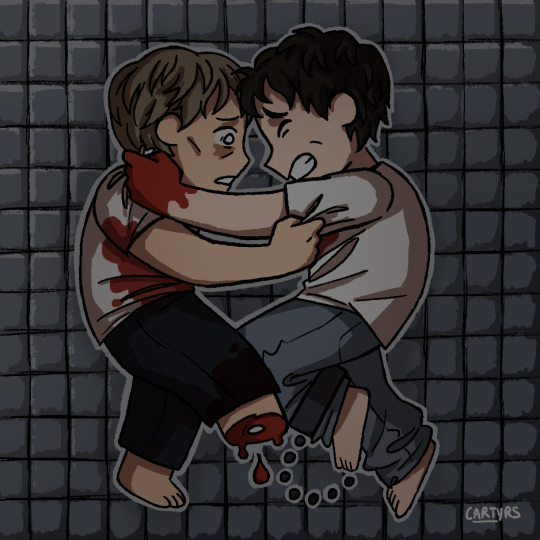
kinda gay to bleed out with another man
#repost bc twitter liked the dark colors better#cartyrs#my art#chainshipping#lawrence gordon#adam faulkner stanheight#also reposting bc i might have done a related arts and crafts for seeing the musical tomorrow lol
162 notes
·
View notes
Text
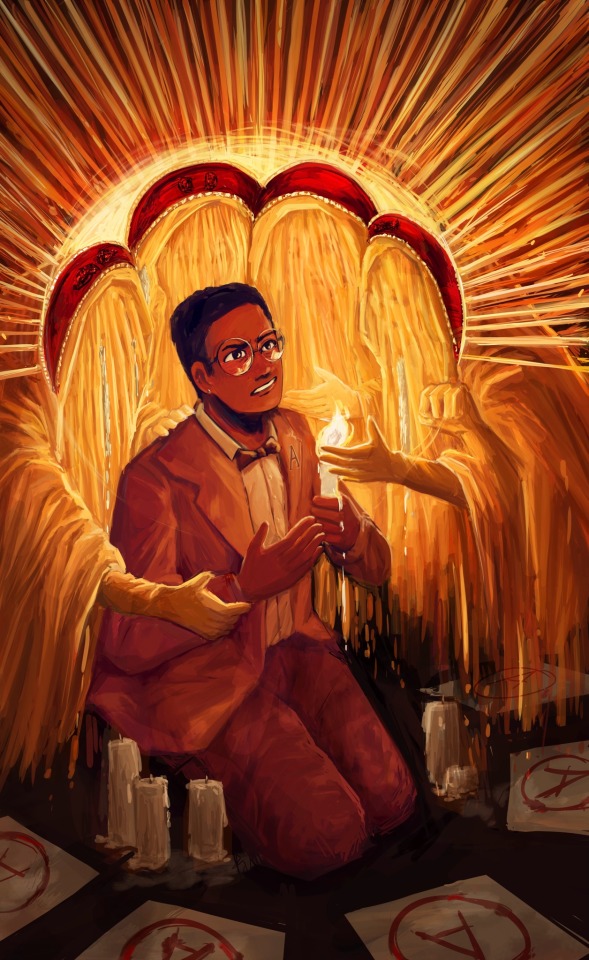
litany of the martyrs (click for better resolution!)
#at some point i wanted to make an illustration for each character but in retrospect maybe each is multiple song-coded..#drew the sketch for a quincy thing after a chat with a mutual reminded me this song existed dfsghjkl and then spent weeks rendering this#quincy cynthius martin#adamandi#i'm finally done with this! the saints especially were joys to paint and the halo a menace.... this has been the most ambitious one so far.#but it also took quite long because i only worked on it <engages with quincy> when mentally okay to deal with the themes. i'm not religious#but i do identify with the irrational(?ish) guilt + family legacy + academic achievement + disregard for self. also more complex thoughts#about love [but depsite quincent being a large part of quincy's character this piece deals with mostly the Rest of it. so another time..]#anyways! in the original sketch- the saints had heads bent towards quincy so the halo spikes pointed at him. but this worked better! halos#of the saints implying/creating one for quincy was a concept from the start though. in the show they don't touch him directly here but#differences in mediums i think- i don't have time in an image to craft a narrative so everything has to be happening. also artistic liberty#misc inspiration for this includes stained glass windows. i might have maybe misinterpreted the saint costume but i think i logic-ed it out#as the cloth part following a nun's habit w the hood. and then halo above. the material is also more transparent originally but i had. um.#too much fun painting fabric folds.. if you look closely you can see the basis of faces though behind the cloth; but only the vague shapes#because smth obscurity + inhumanness// cassian is the only one i gave a mouth though. that stems from melliot's post about the saints and#st cassian as spokesperson (<- did research teehee!) that's also how i found out which costume = which saint. speaking of which.#left to right: 'st lucy take my hand' // 'st lawrence give me strength' (presses quincy forward; but hand on shoulder connotates guidance)#/'st cassian help me smile' (quincy's mouth is btwn a grimace and a smile; tilts up at side. also no direct touch bc added insidiousness.)#//'st jude [...] i hope your causes burn' (jude's hand is in two places to show movement- nearing the flame and then snatching back; burnt)#other notes: at the midst of the flame the core is shaped like a human heart /the saints and their wax are all melting like the candle for#fun visual effect and also this way they are even less tangible <real>. perks of painting as a medium i guess. // also insp from icarus?#wax and burning imagery; looking at the halo and rays as parallel to sun that burns. too close to the sun; melting; hurting; hurtling //#candles at bottom are a nod to the frankly gorgeous set// also the entire composition kind of stems from the lyric <what use is a candle if#both ends aren't burning>; the two sides between the concepts of catholic guilt and academic perfection that spur quincy#the halo above (saints and guilt; litanyofthemartyrs) and the 'halo' below (academic papers; insp from choreo for perfect at school)#the papers were originally supposed to be more glowy. but i like the idea of it now being a reflection of how quincy's priorities shift#also of note is that <candle> in centre = quincy; w burning candle + aforementioned heart in flame -> most human; idea of love + passion#last thoughts: kneeling + hands close tgt = prayer //wax dripping onto the red As make an effect that looks like blood. because i like#hiding that within the adamandi pieces :OO continuity!! // i've run out of tags but yeah! had fun with this one! every so often i go a#little insane in making art and the final result astounds even me. ngl i'm quite proud of this one. pretty colours <3333
198 notes
·
View notes
Text

@salandersan and @xbonecandyx gave me ideas,,,,
Law belongs to gatobob
#btd#boyfriend to death#boyfriend to death 2#lawrence oleander#this my first time drawing dis dude and it had to be in the most unserious way possible#I'll do him justice SOMEDAY#bimbo crafts
298 notes
·
View notes
Text
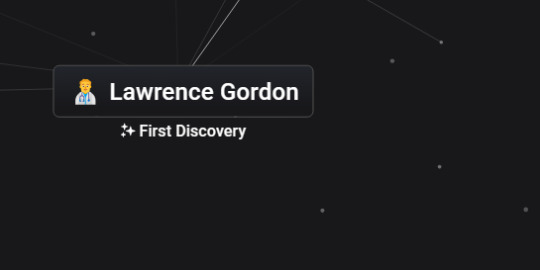
Look!
35 notes
·
View notes
Text

art is meant to disturb the comforted and comfort the disturbed. anyways happy birthday sammy lawrence ❤️
32 notes
·
View notes
Text


paper billy !!
took me a bit, no experience in making paper dolls, but i like how it turned out :))
((if y'all care, theyre about 4.5 inches, or 12 cm tall <3))
#saw#saw 2004#saw 2#saw 3#saw 4#saw 5#saw 6#saw 3d#billy the puppet#billy the puppet saw#john kramer#traditional art#paper dolls#paper doll#paper craft#saw fanart#mark hoffman#lawrence gordon#amanda young#adam stanheight#adam faulkner stanheight
42 notes
·
View notes
Text
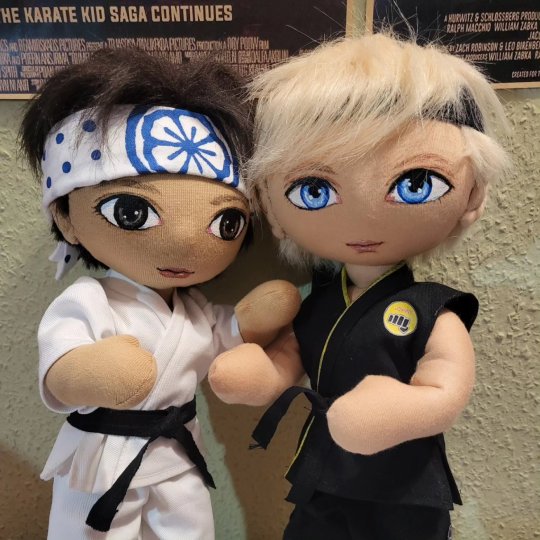
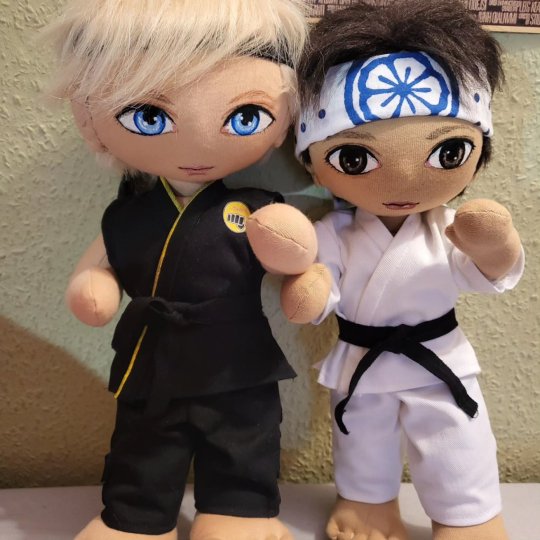
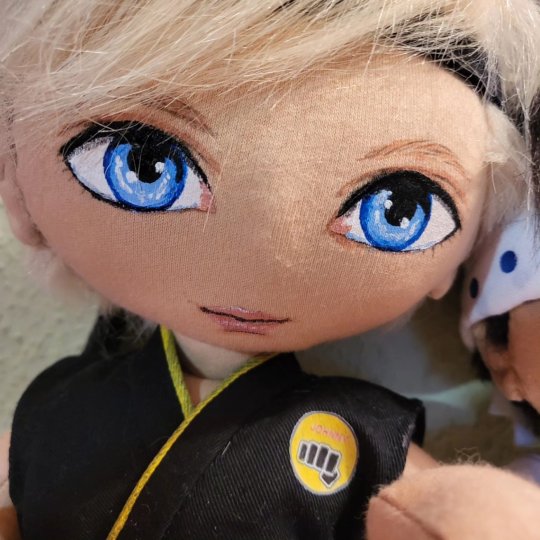

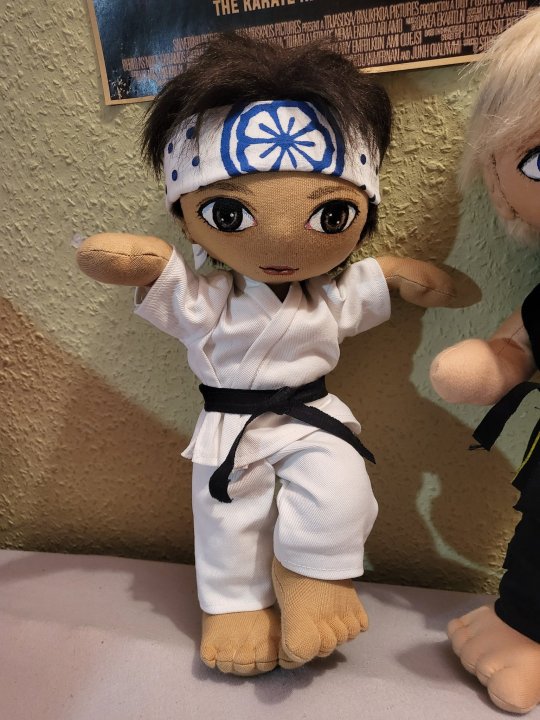
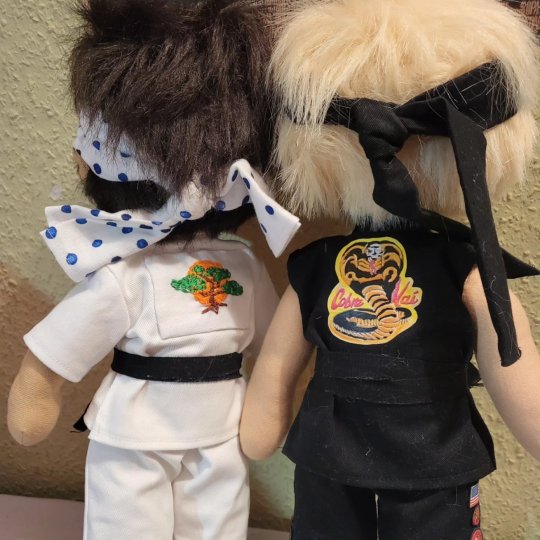



I thought I would never finish them... I might make some corrections and polishing later but I am so exhausted now but also happy that they are finally done. :'3
Hand crafted from scratch!
Daniel and Johnny plushie. =)
#lawrusso#johnny lawrence#daniel larusso#the karate kid#cobra kai#fanart#crafting#my dolls#plushies#william zabka#ralph macchio
69 notes
·
View notes
Text

Hiii
So I bought this cute little saws and then blue and yellow decorations because that's the color I associate with Addam and Larry.
But like what should I do with them? Necklace? Bracelets? Keychain? I bought these on impulse I don't do much DIY so I have no idea how to make something cute with them and I would love to receive ideas
23 notes
·
View notes
Text
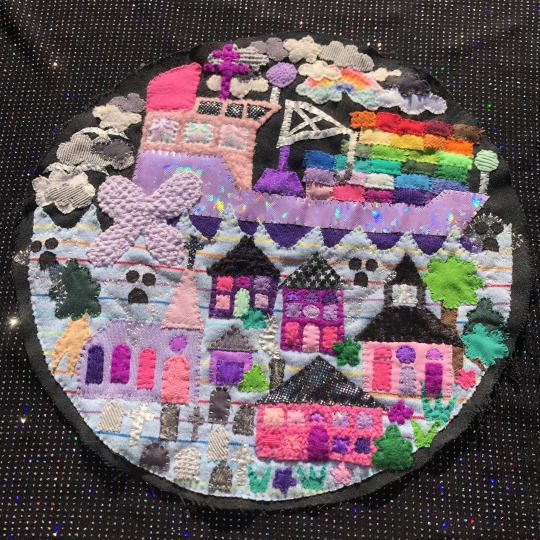

Two appliqué projects I did about the St. Lawrence Seaway/The Lost Villages.
Top one is based on the Lost Villages Historical Society logo, bottom is based on a photograph by George Hickey taken in Aultsville, Ontario just before the flooding of the Seaway.
#aultsville#aultsville ontario#st. lawrence river#st lawrence seaway#saint lawrence seaway#saint lawrence river#ontario history#the lost villages#canadian history#appliqué#applique#fibre arts#fibre crafts#textile art#textile arts#textiles#fiber art#my art#my artwork#artists on tumblr#queer artist
20 notes
·
View notes
Text

Adam and Lawrence! Made by The Stitchy Button on etsy, home of collectible character bunnies and dolls, dragons, unicorns, merbunnies, and much more! Get coupon codes and monthly mailbags by joining my Patreon
9 notes
·
View notes
Text
Imagine being in a poly relationship with the two guys from the beginning saw 7 you go out helping them put people into torture traps and then go home and get spit roasted
#also lawrence is literally not an enginewr like where did jigsaw find the tim to twach him#between draling w amanda and hoffman and the cops and the traps AND gordons still workijg aa a doctor#so when did he learn to craft traps??
1 note
·
View note
Text



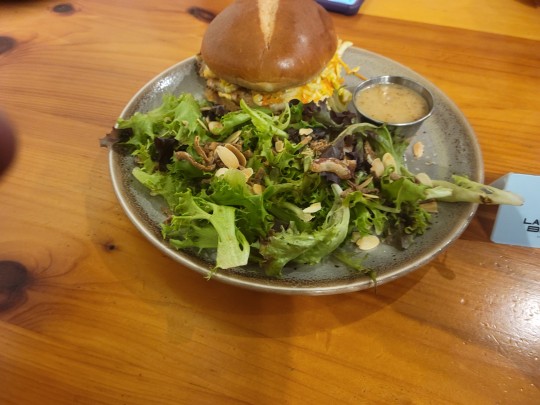
Spent and evening in Lawrence, KS, and had to try one of the local breweries for dinner. Lawrence Beer Company. I loved the renovated old building in the warehouse district. The beers, Big Peach Saison, and S.I.P. on this Pilsner, totally fun. The food (Thunderbird Burger & East Side Burger) was delicious, and the service was excellent. I'm not going to lie. I would go back in a heartbeat.
#beer#craftbeer#craft beer#lawrencebeercompany#lawrence kansas#bigpeach#saison#pilsner#siponthis#thunderbird#eastside
0 notes
Note
For the art request what about Lawrence being a Splenda daddy? 🧐
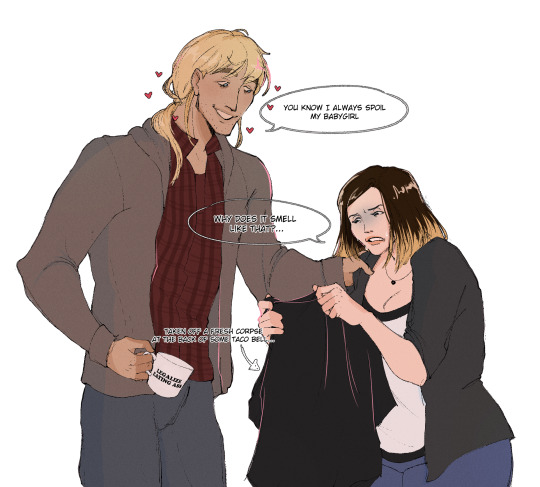
Splenda daddy Low Rinse in tHE BUILDING-
(Law belongs to gatobob and I hope you don't mind that I used Dahlia as the mc LOL)
#boyfriend to death#lawrence oleander#the first time I saw this in my inbox I was DYING#IT WAS LIKE THE FIRST REQUEST SO WE STARTING STRONG#anyways thank you!!#shitpost#bimbo crafts
270 notes
·
View notes
Text
On the one hand, it's true that the way Dungeons & Dragons defines terms like "sorcerer" and "warlock" and "wizard" is really only relevant to Dungeons & Dragons and its associated media – indeed, how these terms are used isn't even consistent between editions of D&D! – and trying to apply them in other contexts is rarely productive.
On the other hand, it's not true that these sorts of fine-grained taxonomies of types of magic are strictly a D&D-ism and never occur elsewhere. That folks make this argument is typically a symptom of being unfamiliar with Dungeons & Dragons' source material. D&D's main inspirations are American literary sword and sorcery fantasy spanning roughly the 1930s through the early 1980s, and fine-grained taxonomies of magic users absolutely do appear in these sources; they just aren't anything like as consistent as the folks who try to cram everything into the sorcerer/warlock/wizard model would prefer.
For example, in Lyndon Hardy's "Five Magics" series, the five types of magical practitioners are:
Alchemists: Drawing forth the hidden virtues of common materials to craft magic potions; limited by the fact that the outcomes of their formulas are partially random.
Magicians: Crafting enchanted items through complex manufacturing procedures; limited by the fact that each step in the procedure must be performed perfectly with no margin for error.
Sorcerers: Speaking verbal formulas to basically hack other people's minds, permitting illusion-craft and mind control; limited by the fact that the exercise of their art eventually kills them.
Thaumaturges: Shaping matter by manipulating miniature models; limited by the need to draw on outside sources like fires or flywheels to make up the resulting kinetic energy deficit.
Wizards: Summoning and binding demons from other dimensions; limited by the fact that the binding ritual exposes them to mental domination by the summoned demon if their will is weak.
"Warlock", meanwhile, isn't a type of practitioner, but does appear as pejorative term for a wizard who's lost a contest of wills with one of their own summoned demons.
Conversely, Lawrence Watt-Evans' "Legends of Ethshar" series includes such types of magic-users as:
Sorcerers: Channelling power through metal talismans to produce fixed effects; in the time of the novels, talisman-craft is largely a lost art, and most sorcerers use found or inherited talismans.
Theurges: Summoning gods; the setting's gods have no interest in human worship, but are bound not to interfere in the mortal world unless summoned, and are thus amenable to cutting deals.
Warlocks: Wielding X-Men style psychokinesis by virtue of their attunement to the telepathic whispers emanating from the wreckage of a crashed alien starship. (They're the edgy ones!)
Witches: Producing improvisational effects mostly related to healing, telepathy, precognition, and minor telekinesis by drawing on their own internal energy.
Wizards: Drawing down the infinite power of Chaos and shaping it with complex rituals. Basically D&D wizards, albeit with a much greater propensity for exploding.
You'll note that both taxonomies include something called a "sorcerer", something called a "warlock", and something called a "wizard", but what those terms mean in their respective contexts agrees neither with the Dungeons & Dragons definitions, nor with each other.
(Admittedly, these examples are from the 1980s, and are thus not free of D&D's influence; I picked them because they both happened to use all three of the terms in question in ways that are at odds with how D&D uses them. You can find similar taxonomies of magic use in earlier works, but I would have had to use many more examples to offer multiple competing definitions of each of "sorcerer", "warlock" and "wizard", and this post is already long enough!)
So basically what I'm saying is giving people a hard time about using these terms "wrong" – particularly if your objection is that they're not using them in a way that's congruent with however D&D's flavour of the week uses them – makes you a dick, but simply having this sort of taxonomy has a rich history within the genre. Wizard phylogeny is a time-honoured tradition!
#gaming#tabletop roleplaying#tabletop rpgs#dungeons & dragons#d&d#worldbuilding#taxonomy#phylogeny#media#literature#history#literary history#death mention
3K notes
·
View notes
Text
Getting to Know Comedian Silas
I would say every comedian I’ve been on stage with...
1. What made you want to explore comedy?
I think I’ve always been a silly kid and I kinda just stumbled into it when I started telling jokes, and I was getting laughs, and I would think “I kind of like that.’’ So, I would sneak in my little jokes; I would write, and people would laugh. Long story short, I went to an open mic, I didn’t bomb, so I said “Okay, this is something I could continue…

View On WordPress
#columbus ohio#comedian silas#favorite comedy actor#having a mentor as a comedian#hone their craft#marc fazon#martin lawrence#open mic#refuse to joke about#slapstick#slapstick comedy#SlapStik#slapstik comedy#telling jokes#the best advice you ever received#working with other comedians
1 note
·
View note
Text
How to Write Political Intrigue (with book recs)
POLITICAL INTRIGUE! Intrigue in general! What is it?
For the purposes of this post (as well as how it's usually used in the writing/reading community), think: scheming. Plotting. Conspiracies in the shadows, bids for power and survival, secret plans, masterful illusions, all of that stuff.
It could be on any scale that you'd like, from a duel of wits (think Light's and L's game of cat and mouse in Death Note)
...to a large-scale plot involving entire countries and their people (like any espionage networks during any major wars, such as the American Revolutionary War to World War II, and so many more)
...or even medium-sized conflicts (families, like in The Godfather, or smaller national disturbances like the Watergate scandal).
Below are 4 core tips on how you can successfully write (political) intrigue plots:
1. Read + Research
Despite how hard it may sound, it's actually pretty easy to craft a realistic yet thrilling intrigue plot—with so many examples in real life and fiction, you can easily base your plot on an existing one and just change a few things like the characters, setting, and maybe a few plot points.
History and current events are always great places to look to, but here are some books that are chock-full of great politics + intrigue:
Leviathan (Thomas Hobbes): one of the most famous treatises of politics + human nature and their intersection. The book is an in-depth exploration of human nature, government, politics, and all of the root causes of why they exist. While it does take a specific philosophical angle (you might not agree with Hobbes' ideas), they are detailed explanations of how things work + why they are required from one perspective.
48 Laws of Power (Robert Greene): GREAT BOOK for helping you plan out the means by which you want the intrigue to happen. There are lots of simplified rules that tell you why people plan and scheme (e.g. "control the options; get others to play the cards you deal," or "pose as a friend, work as a spy"). There are LOTS of really great small stories of when a rule is applied in real life that are also general plot inspo!
The Godfather (Mario Puzo): very very good, intricate, and more emotional because it deals with the intrigue surrounding families
Joseph Fouché: Portrait of a Politician (Stefan Zweig) (biography): Fouché is absolutely insane. A genius at political intrigue. His life is literally one of the craziest stories of scheming, betrayals, survival, and a general vying for power, especially behind the scenes.
The Prince (Machiavelli): obviously, I can't leave out the original tips + tricks book with explanations of WHY intrigue matters as a means, especially in terms of protecting your power.
Trust Me, I'm Lying (Ryan Holladay): a large part of intrigue plots (you need to cover up the actual game you're playing) is the manipulation of information, creating illusions and spectacles for other people to believe. This book goes in-depth about media manipulation and information wars.
Empire of Pain (Patrick Raden Keefe): takes a rather different angle, through the personal/corporate manipulation of government, as well as how wealth dynasties (especially within families) are established. Remember the opioid crisis? This book explores the generational politics of money and power that led up to that.
Prince of Thorns (Mark Lawrence): Look! Fiction! Anyway, I'm biased because it's one of my favourite works of fiction of all time, but it explores political intrigue not only through an actor participating in it, but through the lens of the common folk. I.e., the consequences all that power play has on the populace due to a lack of actual good governance...
A Song of Ice and Fire (George R. R. Martin): I haven't personally read/watched anything GoT, but it's pretty much obligatory to put this series down in a post about political intrigue. It's famous for doing it well.
2. Plan. Like, meticulously
First of all, decide what scale you want your intrigue to be on: large-scale government/international affairs type, a corporation thing, something between two people, or even within a family? There are so many possibilities.
Intrigue plots are like mysteries; they must be tightly logical to be satisfying. One of the best ways of ensuring this is through analyzing each involved party—the actors.
Each actor has their own motivations, goals, and psychologies. After you establish what they want OUT of their intrigue, think about how they'd go about achieving it: a naturally hot-headed person might try to intimidate their way into getting what they want, or they might learn through the course of the story to cool down a bit.
A naturally imaginative and analytical person might come up with all sorts of scarily genius plans, and near-flawless execution. Of course, they would also react in different ways, depending on personality. Character consistency alone will make your plot seem that much more logical.
However, cracks in logic will happen because humans are inherently imperfect and not always rational. These cracks must be DELIBERATE and realistic and must seem planned out; they can't seem more like the author forgot a detail, or didn't know how to explain something (e.g. something happened and the writer never included the consequence of it because they forgot). It must be clear that it is a flaw on the character's part.
3. Never write intrigue for the sake of the intrigue
The incentive of all scheming comes down to mainly two things: gaining power and keeping it. Of course, you could choose to explore more unusual things, such as characters exercising intrigue to satisfy boredom... (think Light and Ryuk from Death Note).
But, the bids for power, security, and survival can be used to highlight things about human nature. Themes to explore include ambition, sacrifice, the pursuit of happiness, the corruption of character, the preservation of innocence in a cruel system, etc.
4. Explore through a narrow lens
Most intrigue plots are full of complex motivations, characters, goals, and the means they use to achieve said goals.
You should gradually let your intrigue plot unfold through the POV of a few characters, preferably one or two. An omniscient narrator for this type of story is INCREDIBLY difficult to pull off without confusing the reader.
However, more POVs work if you use all of them to focus on ONE or a few intrigue plots only—it can provide a multi-layered effect, exploring the same line of action and consequence through different perspectives. But, if everyone has their own intrigue plot, it's too easy to create a tangled mess where readers can barely delineate one plot from the next.
∘₊✧────── ☾☼☽ ──────✧₊∘
instagram: @ grace_should_write
Sorry for the massive hiatus—I have officially started college!! I've been pre-occupied with settling in, classes starting, a social life, extracurriculars etc. etc...life has been super busy, but great :)
I've started working on my books as well as poetry more recently, and I'm glad I'm getting into a new workflow/lifestyle. It certainly is different, but I'm starting to enjoy it.
Anyway, I'm surprised it took me this long to do a post about this topic, considering the fact that it's basically my writergram niche and my entire personality IRL, but I think it was mainly because I was trying to find a good angle to approach this massive topic. But, stay tuned for (probably) a part 2 because there's SO MUCH MORE to cover.
Hope this was helpful, and let me know if you have any questions by commenting, re-blogging, or DMing me on IG. Any and all engagement is appreciated :)
Happy writing, and have a great day!
- grace <3
#writers on tumblr#writing#booktok#writeblr#novel#writer#writerslife#wattpad#writing tips#writergram#wip#media analysis#book recommendations#bookstagram#plot holes#writing ideas#ya fantasy#fantasy#ya fiction#characters
205 notes
·
View notes